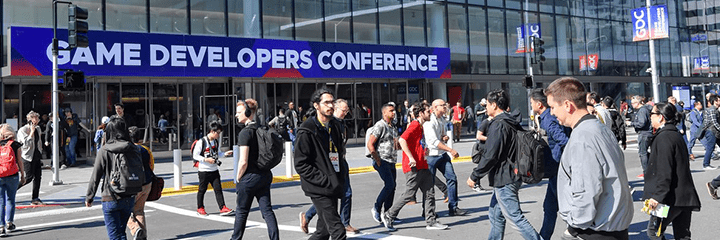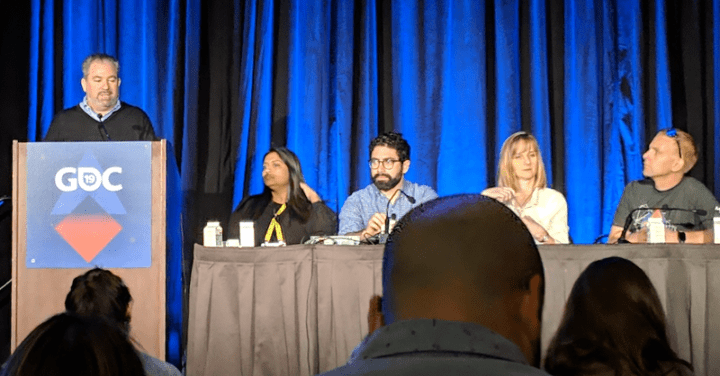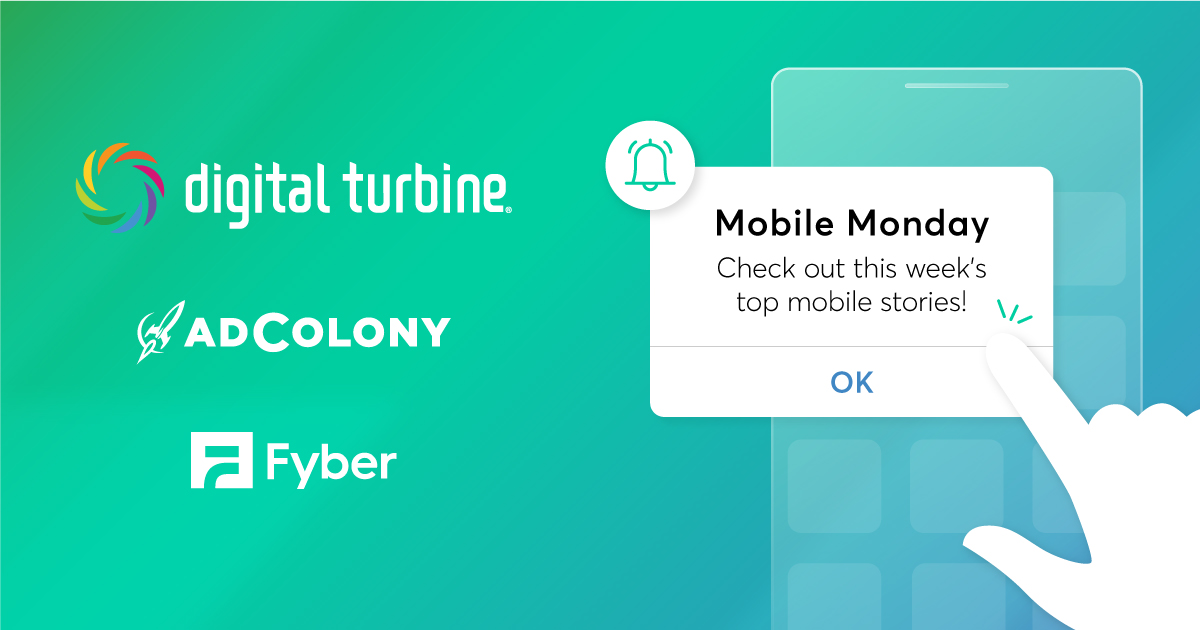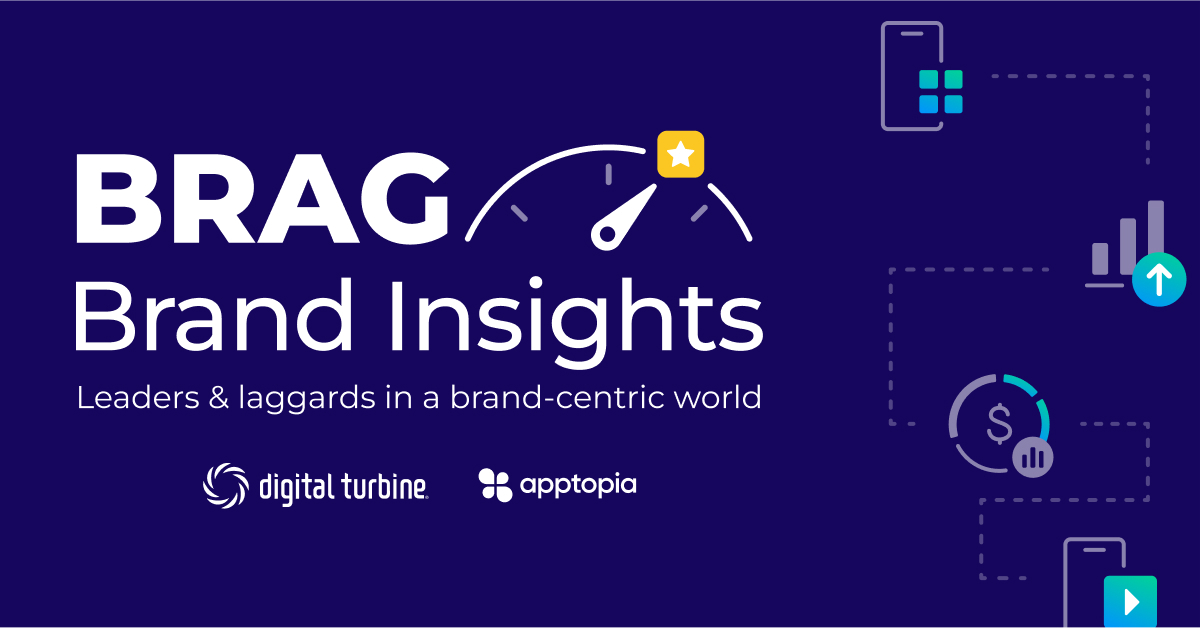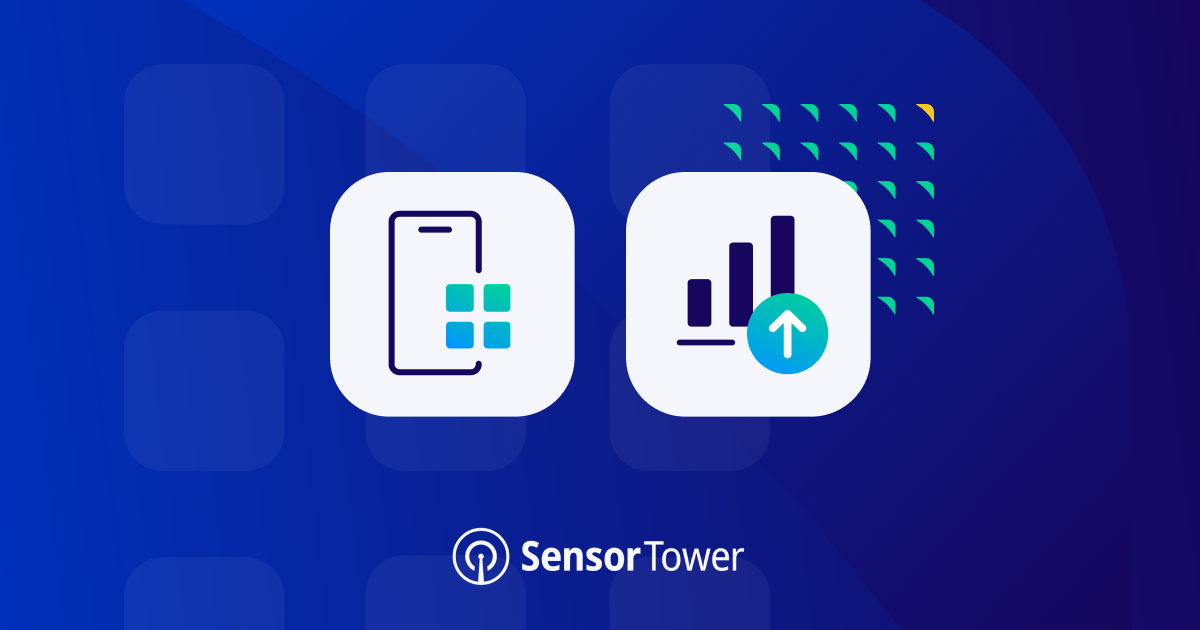As thousands gathered at the Moscone Center in San Francisco last week, a roomful of GDC (Game Developers Conference) attendees were intently focused on the topic of advanced mediation in the Looking Past The Waterfall panel, led by our very own David Pokress, EVP of Global Publishing. Why so intently focused? Because a lot is at stake. With the industry moving so fast toward a fully automated marketplace of buying and selling, the choices that mobile publishers make today are crucial. Waterfalls, header bidding, RTB, programmatic, direct… all is up for discussion – and decisions by publishers. Advertisers, too, must understand the monetization ecosystems and bidding environments they are driving, so they can make the right decisions for their outcomes.
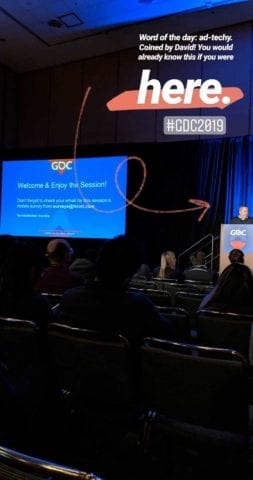
This particular discussion about monetization models brought together leaders from Rovio, Fyber, MoPub (Twitter) and PubMatic. There was a feeling of excitement in the air as mobile developers heard about the possibilities of automation, because if publishers no longer need to have constant contact with ad networks to guarantee the best results, they’ll be able to reinvest the resources that go into yield optimization into better player and user experiences, which is what most are truly passionate about.
As Pokress described advanced mediation in his article for App Developer Magazine: “[It’s an] automated yield optimization technology that creates a faster, cleaner, more transparent ads management platform. Publishers can access key spend through real-time bidding that maximizes competition and delivers impressions to the highest bidder with absolute certainty. This new approach allows for a level of transparency not previously seen with the traditional waterfall.”
Transparency = A Reality Check
As Adam Corrado from Fyber observed, publishers used to have an incentive to take checks from networks for first position, inventory guarantees, etc. But as transparency increases, more sophisticated publishers will question whether those deals are really the most maximized revenue stream. Pokress agreed, too: While some publishers may like the competition spurred between networks when there is no transparency, on the flip side, this greater transparency allows ad networks to place a more precise value on each impression and can thus deliver higher pricing. Rather than continue to play the games of “what will they bid?” the panelists noted the need to create an environment where competition takes place in an automated, programmatic way, rather than the more manual method “we’re all used to,” they said.
No one ever felt the traditional waterfall session was transparent, and there was an impression it wasn’t 100% fair. “We as an industry need to make publishers comfortable with the level of transparency in their demand channels,” Corrado concluded. “We must close the loop on transparency between buyers and sellers.”
Most importantly, Jarkko Rajamaki, Rovio’s VP Advertising made a bold statement on the trajectory of the technology.
When asked by Pokress if he would turn off an advertising demand source that didn’t buy programmatically, Rajamaki as clear: “Absolutely. Without a doubt.”
Ideally, All Would Benefit
“In the waterfall model, performance networks have kept brand advertisers from competing, but real-time bidding frees up inventory for brands within many apps,” said Rajamaki. “The advanced mediation/header bidding/RTB allows for better balance for advertisers in an app. Additionally, now for the first time, advertisers can determine at the impression level what they find valuable – and know what is not.” And for publishers, programmatic demand and brand spend is an opportunity for incremental revenue, said Paulina Klimenko from PubMatic. “Even if you do enable header bidding next to another solution, you’re creating extra revenue within your app, as much as 25% for some publishers.”
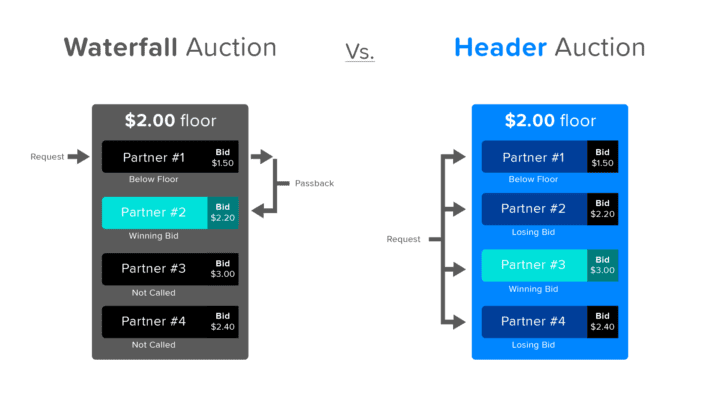
Is this the year?
While the panelists agreed that it’s still early, and “there is a lot of rigor for the data on all sides,” publishers are seeing some proof points of the transition. Absolute Games, for instance, switched from traditional waterfall to just advanced bidding and saw a 20% lift, according to Corrado. Klimenko, too, said that there has been a clear material lift in revenue for developers of 20-50%, and they are very excited to bring that possibility to all publishers. MoPub (Twitter)’s head of strategic partnerships in the Americas, Kavitha Gadde, revealed that the company is working with 15-20 publishers in a closed beta already, and they are all excited about the opportunity.
“The end goal is for publishers to move entirely away from waterfalls to only RTB, but that will take time,” Gadde admitted. “Publishers want to ensure top-line revenue isn’t compromised and that leads to a lot of the hesitancy we’ve seen.” However, understanding at the user level what each user is worth allows them to build better LTV models and optimize, and RTB opens those options.”
There is also some confusion around whose responsibility it is to move this forward.
“As a forerunner in the space, we had to make some substantial in-house investments to enable this type of thing,” said Rajamaki from Rovio. “Now, however, more and more off the shelf solutions are coming from other platforms and that will make it easier for other publishers.”
Programmatic IS the Future – It’s Just a Matter of When & How
“Publishers understand programmatic is the future. It’s just hard to understand what’s happening behind the curtain,” said Corrado.
The utopia is a single server that everyone bids into, but we need to build a bridge there.
He said Fyber has been doing programmatic for a number of years, but it seemed like the market wasn’t really ready yet. “We’re left with a chicken and egg game with leaders like AdColony proving that it does work, and with the assistance of publishers we’re able to apply pressure to other networks in the space.” Those networks that won’t be able to move to programmatic will fall out of the market, he believes. It’s just a matter of how this gets executed. “The utopia is a single server that everyone bids into, but we need to build a bridge there,” said Corrado. And to do that, tools must be combined to support all of the players, not just a handful. Programmatic is live, it’s here, but now it’s a matter of how it can be scaled.
About GDC
GDC has grown from an informal gathering of 25 developers to a week-long conference with more than 26,000 industry insiders. In 2016, GDC commemorated the 30th edition of the conference, which initially focused on computer games. The conference program has diversified to other gaming consoles, handheld devices, mobile devices, online games, and the VR/ AR space.
Join the Conversation
Did you attend GDC this year? Tell us what your biggest takeaway was by tweeting @AdColony. For the latest AdColony mobile news and updates, follow @AdColony on Twitter, like us on Facebook, or connect on Linkedin.
- Effectively Scaling Apps – The Myth of the Whale Busted - May 17, 2022
- How to Maximize and Optimize Engagement in Your App - May 5, 2022
- Offer Walls for App Monetization: Everything You Ever Wanted to Know - April 14, 2022
